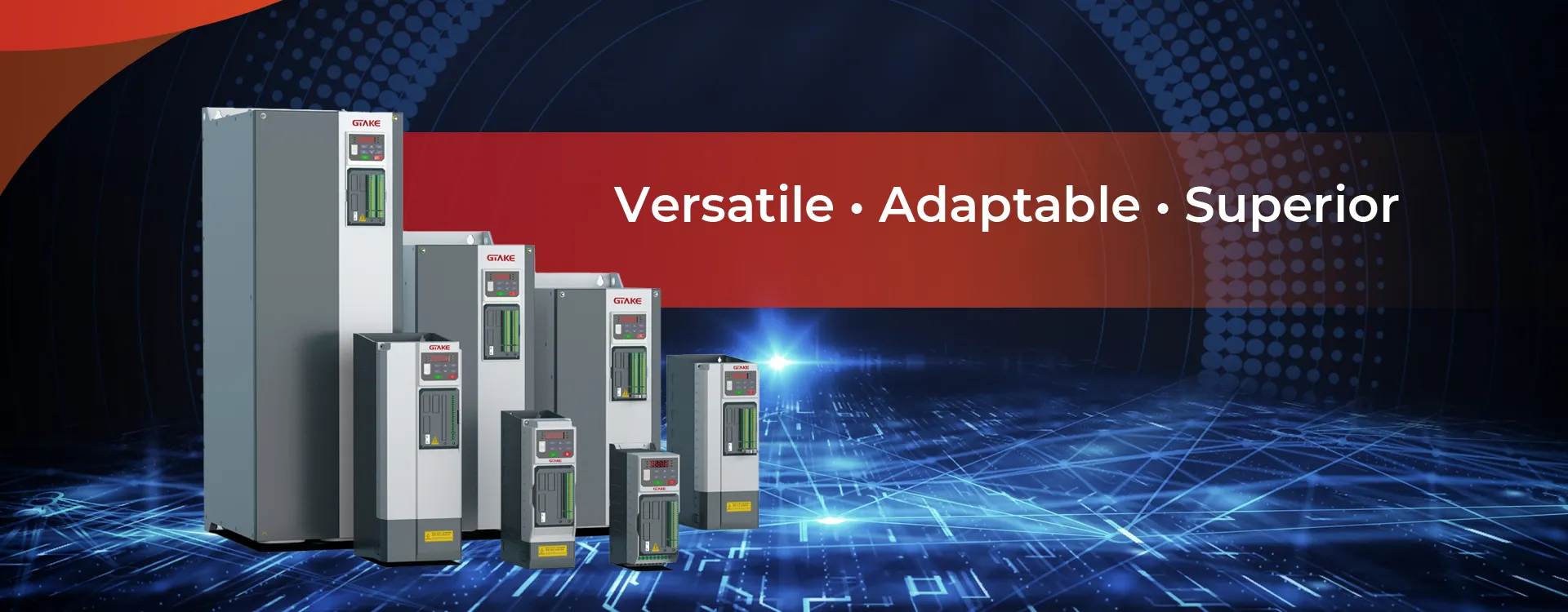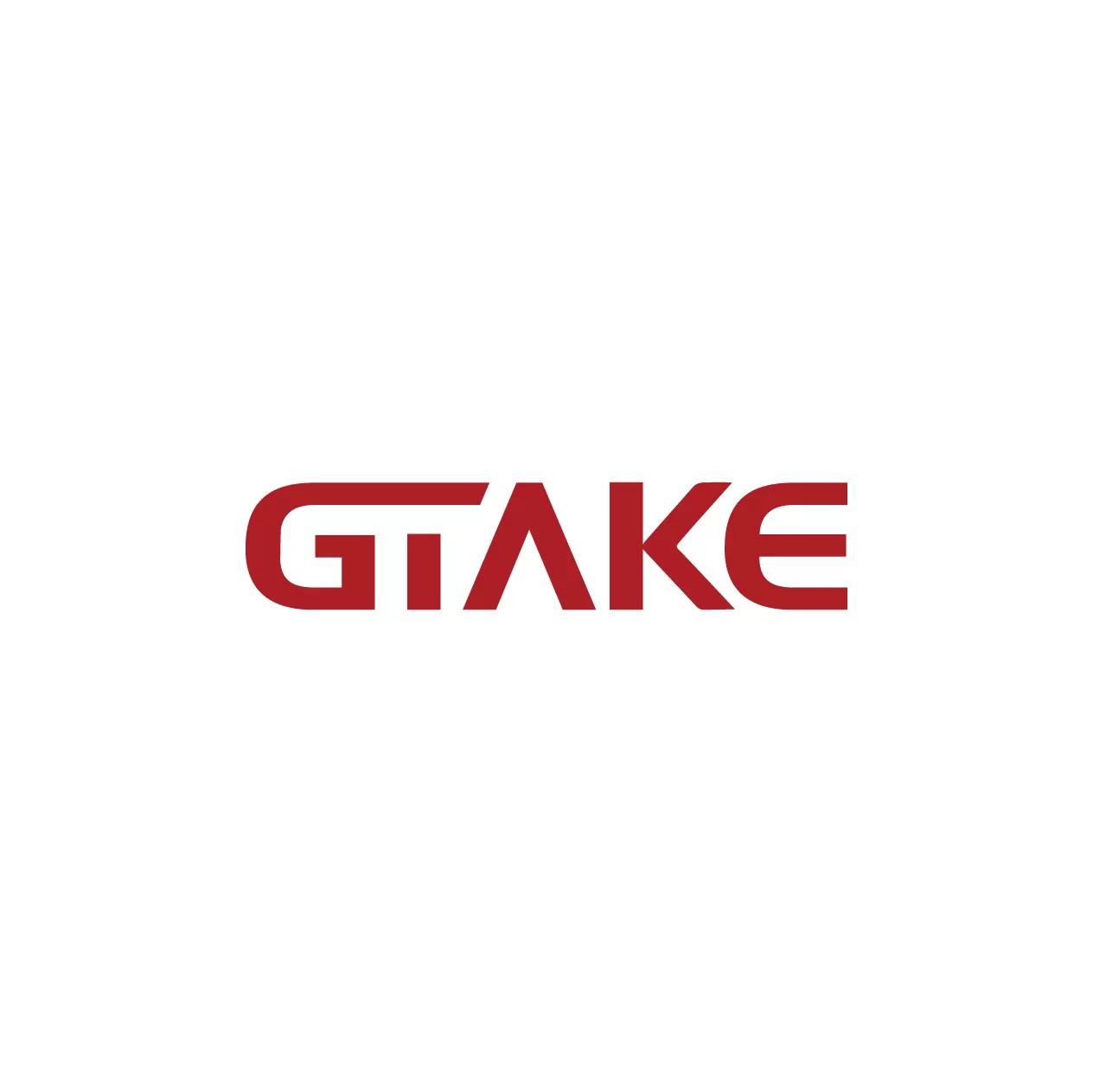
GTAKE specializes in designing and producing innovative AC drives (also known as variable frequency drives), electric vehicle motor controllers, bidirectional DC sources, and test rigs with advanced control algorithms and cutting-edge technology, delivering optimal performance and reliability for industrial automation and new energy applications.
A Vector Frequency Inverter (also known as Vector Control Inverter or Field-Oriented Control (FOC) inverter) is an advanced type of frequency inverter used to precisely control the speed, torque, and operation of an AC motor. Unlike basic inverters, which regulate motor speed by adjusting the frequency and voltage, vector frequency inverters offer more sophisticated control by manipulating both the magnitude and phase of the motor’s magnetic field. This advanced control provides better performance, efficiency, and precision in a variety of applications.
The operation of a vector frequency inverter is based on controlling the magnetic flux in an AC motor. In a typical AC motor, the magnetic field generated by the stator rotates, causing the rotor to follow, resulting in the motor’s rotational movement. The vector inverter goes a step further by controlling both the flux (the magnetic field) and the torque (the force responsible for the motor’s rotation) separately.
Vector frequency inverters are a vital component in modern industrial motor control, offering precise, efficient, and dynamic control over motor performance. By decoupling torque and flux control, these inverters provide superior performance compared to traditional inverters, especially in applications requiring high precision, fast response times, and energy savings.
Whether in industrial automation, HVAC systems, or electric vehicles, vector inverters play a crucial role in enhancing system performance, improving energy efficiency, and reducing mechanical wear. By offering enhanced motor protection and fine-tuned control, they are a reliable solution for applications that require smooth, responsive, and energy-efficient operation.
